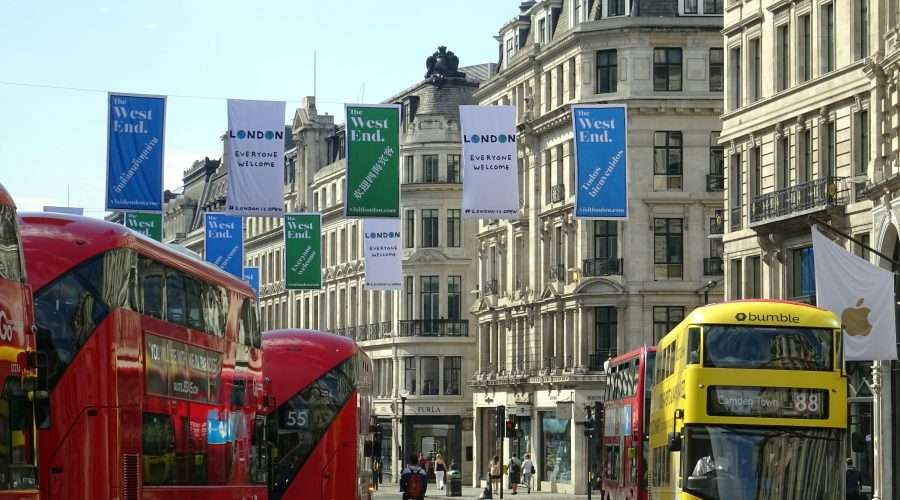Public transportation can be a pain even in your home country. You probably won’t be going around asking for directions. Still, the frustrations of congestion, accessibility, and even poor management are well-known.
The thing is, many of these issues are universal, which can make navigating public transport in a foreign country a nightmare. Whether you are street savvy or not, when traveling overseas, many things will be new to you.
Public transport is a convenient way to get around in a foreign country. However, you will want to know how to get the most out of a transport system you are unfamiliar with while avoiding mishaps.
Let’s explore some of the dos and don’ts of navigating public transport in a foreign country.
Do Plan for Your Destination
Destination matters when it comes to the experience of public transportation. Usually, big cities have the best public transport infrastructure. However, they also have the most challenges, such as difficulty accessing stations, congestion, high ticket costs, and long commutes.
When traveling or moving to a foreign country, if it’s not of any consequence, you could skip metropolises and go for the smaller cities. The population difference alone can be a huge relief as it makes amenities more accessible.
If you were a newcomer in Canada, for example, navigating public transportation in small cities like Ottawa and Burlington wouldn’t be quite as stressful as mega cities like Toronto and Montreal.
Don’t Hesitate to Ask for Assistance
Getting stuck happens to the best of us, regardless of how savvy we are. When you need assistance or feel unsure about the train or bus, the best thing you can do is ask for help.
Asking for assistance beats trying to make sense of things on your own and risking wasting time doing the wrong thing. While hesitating about approaching strangers is normal, locals are often more than willing to provide guidance.
Alternatively, you could approach transportation staff for assistance if you’re not comfortable asking other people.
Do Utilize Technology
Technology is one handy companion that can save you a lot of trouble. When traveling overseas, take advantage of technological tools that facilitate ease such as Google Maps and iTranslate.
Google Maps can map out the fastest routes to your destination, providing public transportation options along the way.
iTranslate and similar apps will come in handy in countries where you don’t understand the native language. You won’t have to struggle to figure out what people are saying or what public notices mean.
Don’t Rely on Tech Alone
Your smartphone and apps are extremely useful when navigating public transportation abroad. But don’t rely on them alone and exclude other reliable sources of information.
When tech tools fail, other, more traditional resources like printed maps and a compass will come to your aid.
Do Familiarize with Ticketing
The procedure for getting tickets can vary widely depending on where you go. In some places, it can be as easy as buying your ticket at the stations or onboard, and you’re good to go.
You may also encounter tedious requirements like buying tickets online and printing them out or carrying cash because cards are not accepted. Once you understand the process for getting tickets, you will have an easier time.
Don’t Get Trapped in Rush Hours
Rush hours can quickly turn into a nightmare, even in your home country. Imagine the frustration of getting caught in rush hour in a foreign country where most things are unfamiliar.
What else should you worry about besides the common peak hour issues like the wild crowds and noise pollution?
As a newcomer trying to figure things out, getting off at the wrong spot or riding the wrong bus during peak hours will be a huge setback.
Do Have a Backup
Public transport systems are generally unpredictable, and in a foreign nation, the chances of guessing what to expect are low. Before traveling, plan for unforeseen circumstances like delays and system disruptions.
Final Thoughts
Public transport systems make getting around in foreign countries a lot easier. You won’t need to figure out directions or worry about road conditions. However, these advantages can be out of your reach if you’re not familiar with the dos and don’ts of local public transportation.
For more news click thebritaintimes.co.uk
